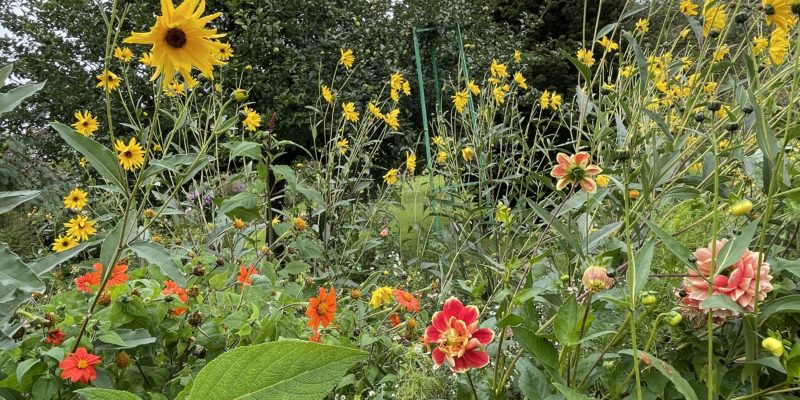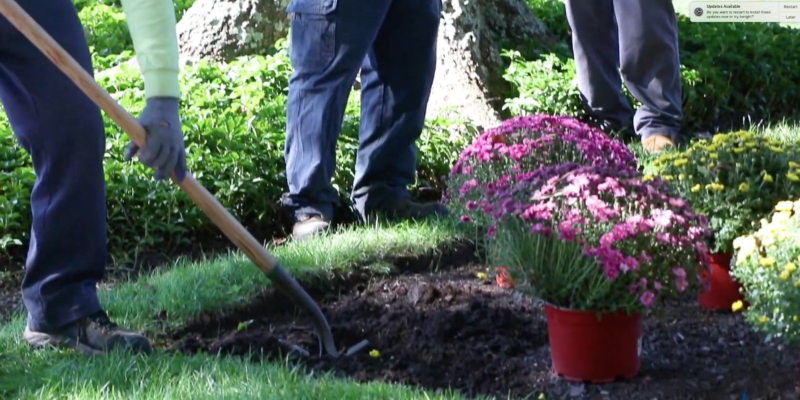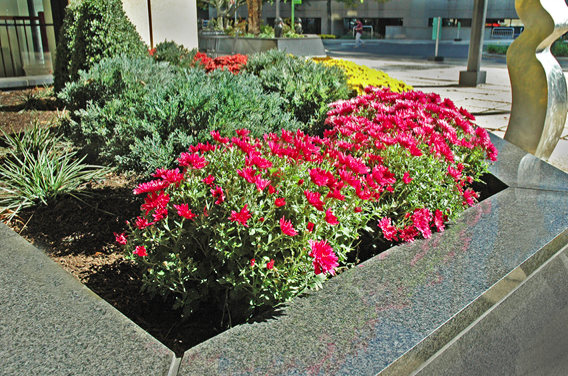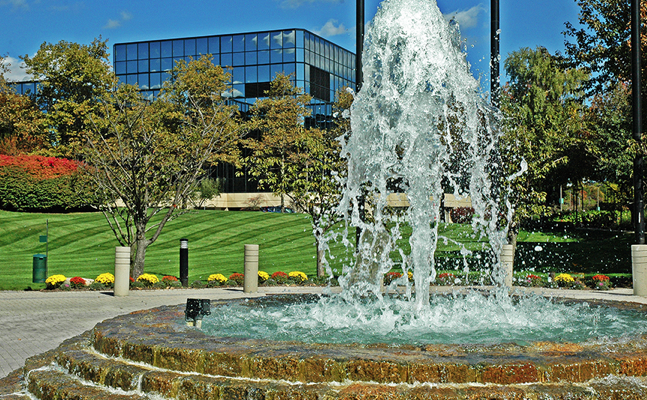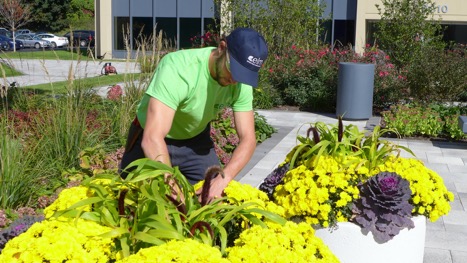Corporate America has jumped on the perennial bandwagon, says Josh Thermer, area manager for Eastern Land Management. A former golf course superintendent from Lake Preston, CT, who joined ELM in September 2021, he now leads ELM’s turf-to-meadow conversion program, in addition to overseeing procurement for all plant material and turf and ornamental products out of ELM’s Monroe office.
To Josh, there is no irony in promoting meadows during April’s Lawn Care month, as lawns and turf grass, like all plant material, are in a constant state of renewal.
“Landscapes are naturally transformative,” says Josh. “From converting worn-out concrete plazas to an expanse of wildflowers to replacing underperforming turf with native grasses to swapping out thirsty plants for drought tolerant perennials, it’s all about doing what’s best for the aesthetics of the site, the needs of the client, and the health and performance of the environment overall.”
Perennials are a trend worth keeping, especially given the challenges Connecticut has faced with drought. Meadows, prairie-plantings, naturalistic landscapes, and eco-lawns are all versions of an ecological revolution that improves soil health and groundwater, and reduces the need for toxic chemicals. When the soil is healthy, it sequesters carbon, which, in turn, is climate-positive—a win-win for companies seeking to improve their sustainability, ESG and LEED metrics.
“Improving the way we conserve water, and the way we improve the way people experience the outdoors is what we do. But we’re also improving the quality of corporate life and view meadows as a tenant amenity. Sitting in a gazebo and watching pollinators and birds is more relaxing than sitting on a bench and looking at a lawn devoid of wildlife because nothing’s blooming,” Josh adds.
Currently Josh is on point for several major corporate projects and landscape transformations deferred by Covid. An expert in sports and performance turf, he says he looks forward to working with college and university athletic directors looking to up their game.
For questions on lawn care turf conversions, meadows or athletic fields, contact Josh at 203-316-5433.

